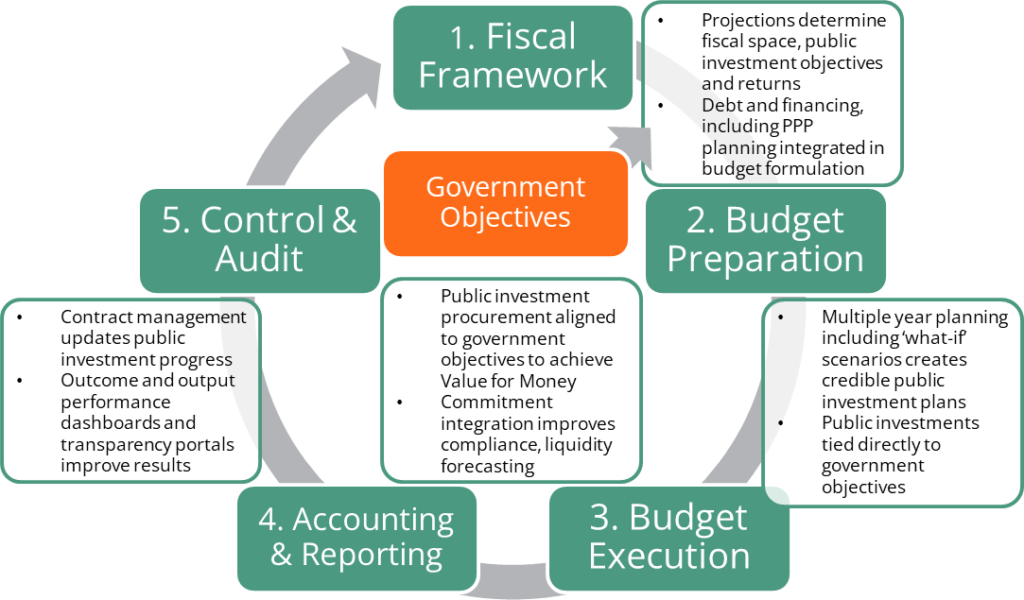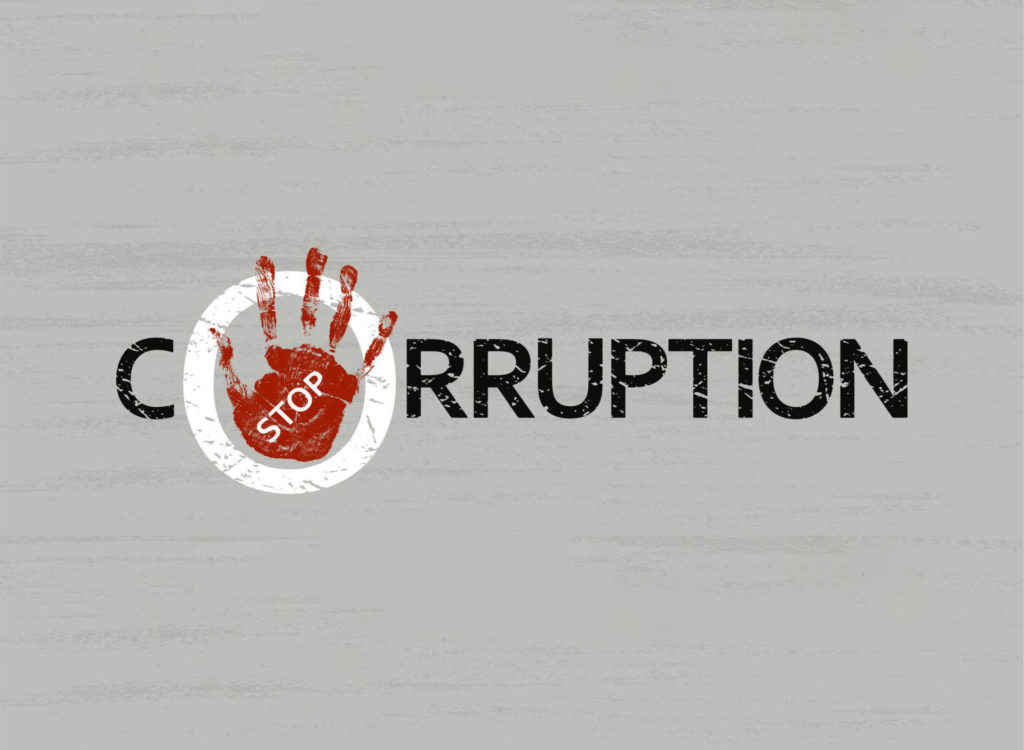Governments worldwide are losing billions of dollars every year due to corruption in the procurement process. Estimates suggest that developing countries suffer an unprecedented loss, with a shocking 20-25% of their annual spending being stolen because of crooked dealings. These funds could otherwise have been used for vital infrastructure and social services. To help overcome this problem FreeBalance has developed a framework to show how Government Resource Planning (GRP) software can help improve governance outcomes and stop corruption in government.
And the proof is in the pudding… the latest Corruption Perception Index by Transparency International showed an average improvement of 1.6 points for FreeBalance customers vs global average decline of -0.1 in the review period. Since 2012, FreeBalance customers have improved their scores by 3.3 points vs the global average increase of 0.11.
How Does Government Resource Planning Prevent Corruption?
Government Resource Planning (GRP) systems are important preventative measures in the fight against corruption. GRP works by laying down an enterprise-grade ICT Platform as the foundation, making sure user groups are restricted with defined controls, and preparing public investment programs during budgeting as part of Government Performance Management. Additionally, Public Financials Management functionality like commitment accounting ensures that allocated funds aren’t overspent and that related transactions are tracked thanks to the integration with the budget passed by the legislature.
Public Expenditure Management integrates with commitment accounting through a procurement cycle that begins with the approval of a commitment from a purchase requisition. This generates a Request for Proposal (RFP) with defined evaluation criteria. Qualified bidders take part in the tendering process which uses a transparent eProcurement web portal to advertise tenders, submit proposals and publish winning bids.
Payment is then made to the winning bidder through the integrated Payment Management functionality which follows government rules as milestones are accomplished. At the end of the process all information is recorded via audit trails for governance, accountability and transparency, and can be published on a Government Results Portal.

How Does Corruption In Government Happen?
Corruption in government procurement is unfortunately all too common. This corruption occurs when vendors offer bribes to manipulate evaluation criteria, single bids are made by colluding parties, family members approve certain bids or services and goods have been paid for but never received.
What GRP Functionality Can Prevent Corruption?
To combat this issue, GRP systems such as the FreeBalance Accountability Suite™ include:
- Controls that prevent civil service users from manipulating processes
- Transparency which unveils inner governmental workflows allowing external oversight
- Decision-making tools that can be used to track compliance with regulations along with performance levels.

Controls
- Chart of Accounts that aligns all government financial activity to budgets, users, purpose, organizational structure and accounting types to reduce accounting manipulation
- Segregation of Duties to ensure that multiple individuals are involved in the procurement cycle making manipulation more difficult
- Integration to ensure that the commitment rules in use in the commitment accounting system are respected in the procurement system
- Procedure Workflow that articulates the proper processes and prevents system user from changing rules such as the length of time that vendors have to respond to the RFP
Transparency
- Procurement is enhanced through eProcurement transparency portals that enables comparing contracts over time to expose potential manipulation
- Transparency through front-office systems changes behaviour because of the embarrassment factor
- Knowledge that all transactions are tracked changes behaviour because of the threat of being caught
- Access to transparency technology during and after public investment procurement can extend back to budget preparation to hold the government to account
Decision-Making
- Alerts from the workflow that notifies interested parties such as internal audit or the Minister of Finance about milestones in the tendering process providing more oversight
- Dashboards that provides exception reporting to managers about the process
- Budget preparation is enabled through structured multiple year planning such as medium term budget frameworks that leverage historical data to ensure effective decision making
- Auditing is enhanced through decision-making tools that trace every function, transaction and approval in the system from payments back to the original plan through the audit trail
Conclusion
An increase in procurement transparency can make a remarkable difference to the perception of corruption, as demonstrated by the successes that FreeBalance customers have enjoyed in this regard. Improved rankings in turn help to improve a country’s standing and sovereign risk rating.
FreeBalance is committed to combating corruption and improving citizen wellbeing around the world. We believe that Government Resource Planning systems can put an end to corruption and have developed a governance framework to show how our software can be used by governments around the world to achieve these goals.
To speak to a Public Financial Management expert about how the FreeBalance Accountability Suite™ could put a stop to corruption in your country, please get in touch.
